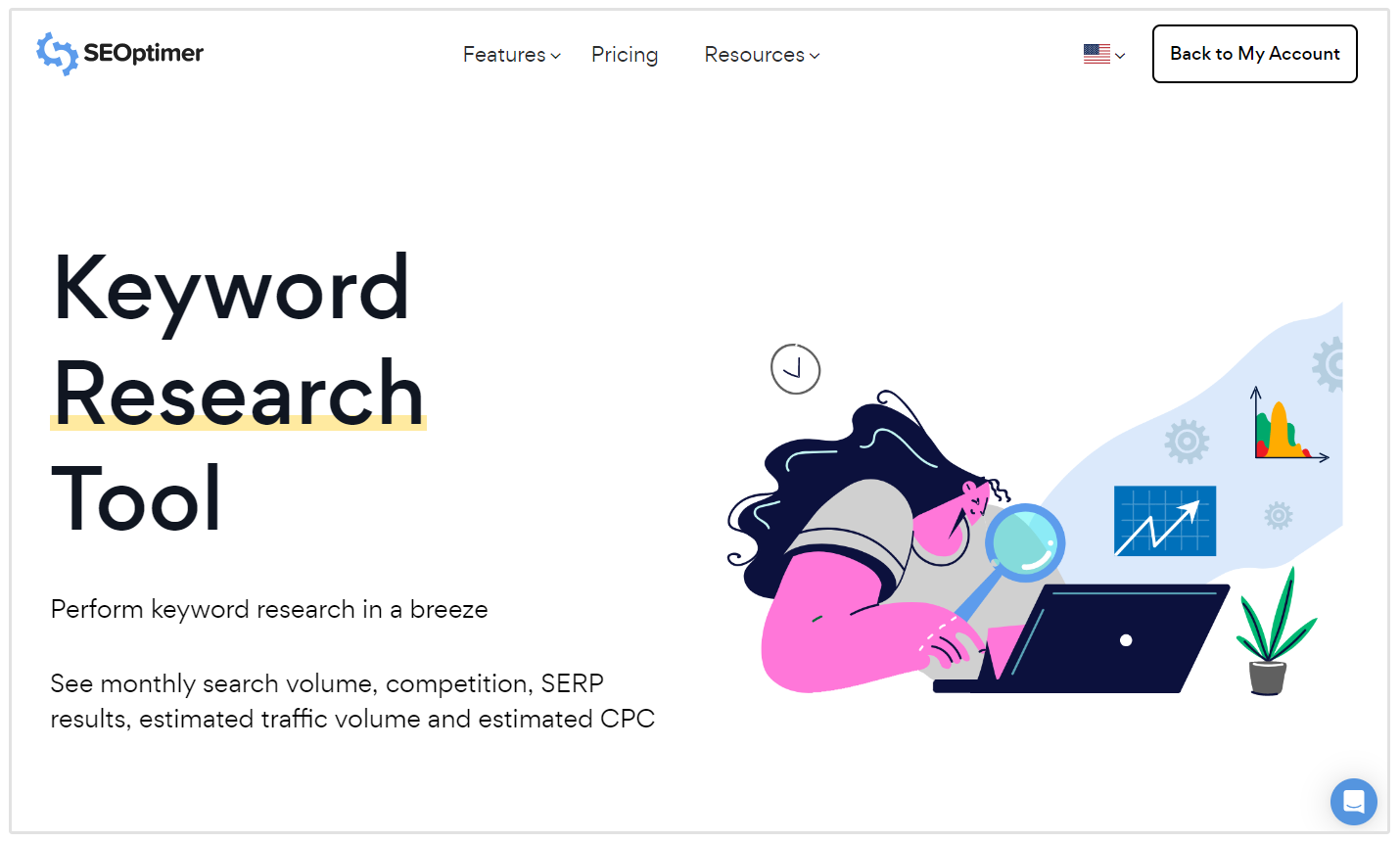Harnessing the Power of Additional Measurement in Google Analytics to Refine Your Advertising Strategy and Drive Results
In the realm of electronic advertising and marketing, the capacity to tweak methods and achieve tangible results is vital for services making every effort to stay competitive in today's landscape. Leveraging the power of secondary measurements within Google Analytics opens up a realm of opportunities for marketing experts seeking to obtain much deeper understandings into user habits and customize their campaigns with precision. By uncovering concealed patterns and refining audience division, businesses can craft targeted techniques that reverberate with their clients on a profound level. The prospective to gauge campaign efficiency with a granular lens even more emphasizes the importance of utilizing this device to drive success.
Recognizing Additional Dimensions
When examining information in Google Analytics, recognizing secondary measurements is critical for gaining deeper understandings right into individual habits and web site efficiency. Main measurements offer fundamental information such as the variety of sessions or users, but additional dimensions use a more in-depth view by allowing customers to sector and examine data better. By adding an additional dimension, marketers can refine their analysis and discover valuable patterns that might have otherwise gone undetected.
Secondary dimensions in Google Analytics can be related to numerous metrics such as website traffic resources, user demographics, and actions circulation. As an example, by integrating the primary dimension of 'landing pages' with the second dimension of 'tool group,' online marketers can determine which devices are driving web traffic to specific landing web pages. This info can aid optimize internet site design and content for better user experience throughout various gadgets
Analyzing Customer Habits Patterns
To properly understand user behavior patterns, a comprehensive analysis of information within Google Analytics is necessary. By diving into user behavior patterns, online marketers can gain useful understandings right into exactly how site visitors communicate with their internet site, which pages are most interesting, and where prospective traffic jams or drop-off factors may exist in the conversion funnel. Google Analytics offers a variety of tools to examine customer habits, such as actions circulation reports, event tracking, and objective funnels.
Habits flow reports supply a visual depiction of exactly how individuals navigate via the website, revealing the most usual paths users take as well as where they drop off. Occasion tracking enables marketing professionals to monitor specific communications on the website, such as switch clicks or video sights, giving a much deeper understanding of individual engagement. Objective funnels track the steps users take in the direction of finishing a particular goal, highlighting locations for renovation in the conversion process.
Enhancing Audience Division
Upon assessing customer habits patterns, online marketers can even more optimize their strategies by boosting target market division strategies in Google Analytics. Target market division permits for the categorization of web site site visitors into particular teams based upon numerous characteristics such as demographics, habits, and interests. By making use of Google Analytics' second dimensions, marketing professionals can fine-tune these segments even further to acquire deeper understandings right into their target market's choices and activities.
Enhancing audience division makes it possible for marketing professionals to produce more targeted and personalized advertising and marketing campaigns. By determining distinctive user teams, marketers can tailor their messaging, web content, and provides to far better reverberate with each segment's special characteristics and requirements. This More Bonuses degree of personalization can significantly enhance interaction, conversion rates, and general advertising and marketing performance.
Moreover, via enhanced audience division, marketers can better recognize the client trip and maximize touchpoints along the course to conversion. By evaluating exactly how various sections connect with the internet site and marketing channels, online marketers can determine chances to improve individual experience, address discomfort points, and eventually drive more conversions. In general, refining audience segmentation in Google Analytics is a powerful technique for maximizing marketing effectiveness and driving sustainable business development.
Tailoring Advertising And Marketing Campaigns
Online marketers can optimize their advertising and marketing projects by personalizing web content and messaging to suit the one-of-a-kind attributes and needs of details audience sectors. By leveraging insights from second dimensions in Google Analytics, marketers can get a much deeper understanding of their audience's behavior, preferences, and demographics.
Through the analysis of secondary dimensions such as website traffic resources, tools utilized, or geographical area, marketers can tweak their messaging to be more impactful and appropriate. By customizing advertising and marketing campaigns based on insights from second dimensions, organizations can take full advantage of the performance of their initiatives and eventually drive much better ROI.
Determining Project Efficiency

One important element of gauging campaign effectiveness is tracking conversions. By setting up objectives in Google Analytics, businesses can keep an eye on details actions taken by users as a result of the campaign, such as buying or signing up for a newsletter. Recognizing the conversion rate and the conversion path can provide useful understandings into the performance of various marketing channels and messages.
Additionally, examining metrics such as click-through prices, bounce prices, and session period can aid online marketers analyze customer involvement and the influence of the project on website web traffic. By combining primary metrics with secondary dimensions in Google Analytics, organizations can refine their marketing methods, maximize project efficiency, and drive much better results.
Verdict
To conclude, taking advantage of the power of secondary measurements in Google Analytics can give useful understandings into customer behavior patterns, enhance target market segmentation, tailor advertising and marketing campaigns, and step campaign performance. By utilizing this feature properly, services can fine-tune their marketing techniques and drive far better outcomes. It is vital for marketers to leverage the information readily available with additional dimensions to make educated decisions and enhance their projects for optimal influence.
